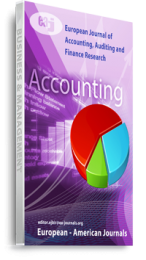This paper aims to provide evidence of a missed opportunity to detect and halt financial fraud and bankruptcy of Enron Corporation early enough. The paper utilizes data from the financial statements of Enron Corporation 10K reports in the US SEC Edgar Data Base from 1997- 2001 to detect financial fraud and imminent bankruptcy of Enron Corporation. Financial fraud and bankruptcy were assessed in terms of Z-score and Days’ Sales Receivables, Gross Margin, Asset Quality, Sales Growth and Total Accruals to Total Assets indices. The modified Altman Z-Score Index and Beneish Models were used to determine the indices for Enron Corporation. The results revealed that the modified Altman Z-Score Model yielded score indexes which signified financial statement manipulation and bankruptcy. While the Beneish Model yielded indices were found to be higher than the non-manipulation means thresholds implying that, receivables and revenues were out of balance for some years. The analysis and results in this paper provide evidence that Enron Corporation engaged in financial fraud resulting into bankruptcy and there was a missed opportunity to detect and halt the financial fraud and bankruptcy as early as 1998 if an effective corporate governance system had been in place. Strengthening of corporate governance frameworks, adoption of proactive strategies to corporate failures and vigilance of the stakeholders in public firms are recommended as some of the ways of avoiding similar scandals in future.
Keywords: Bankruptcy, Enron, Evidence, Fraud, missed opportunity., scandal

